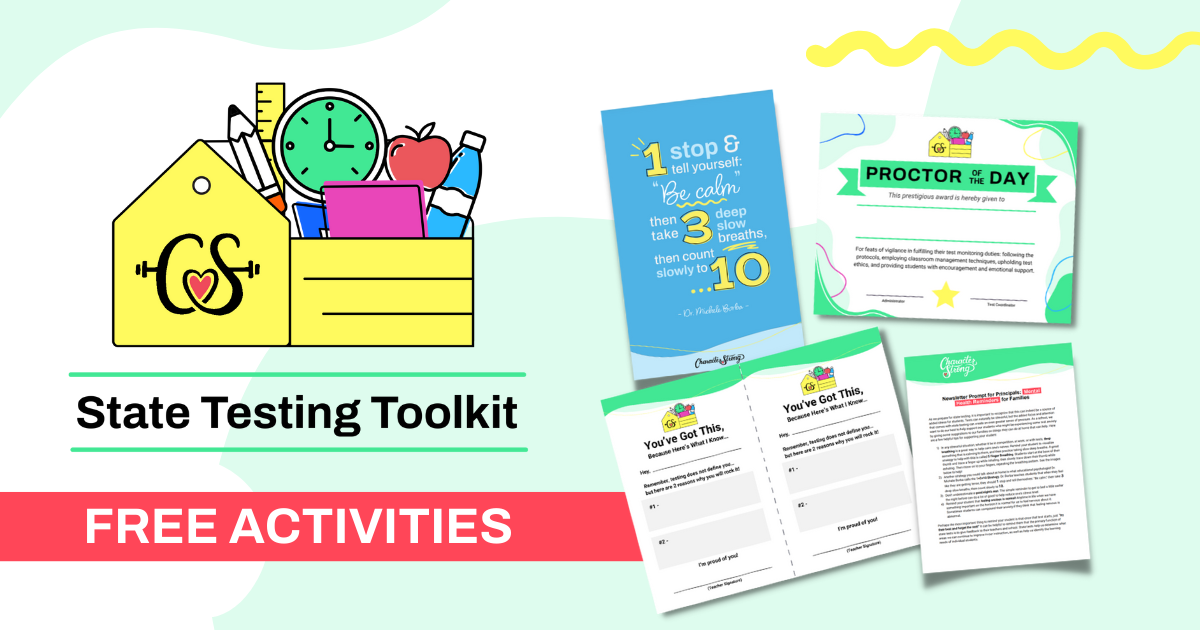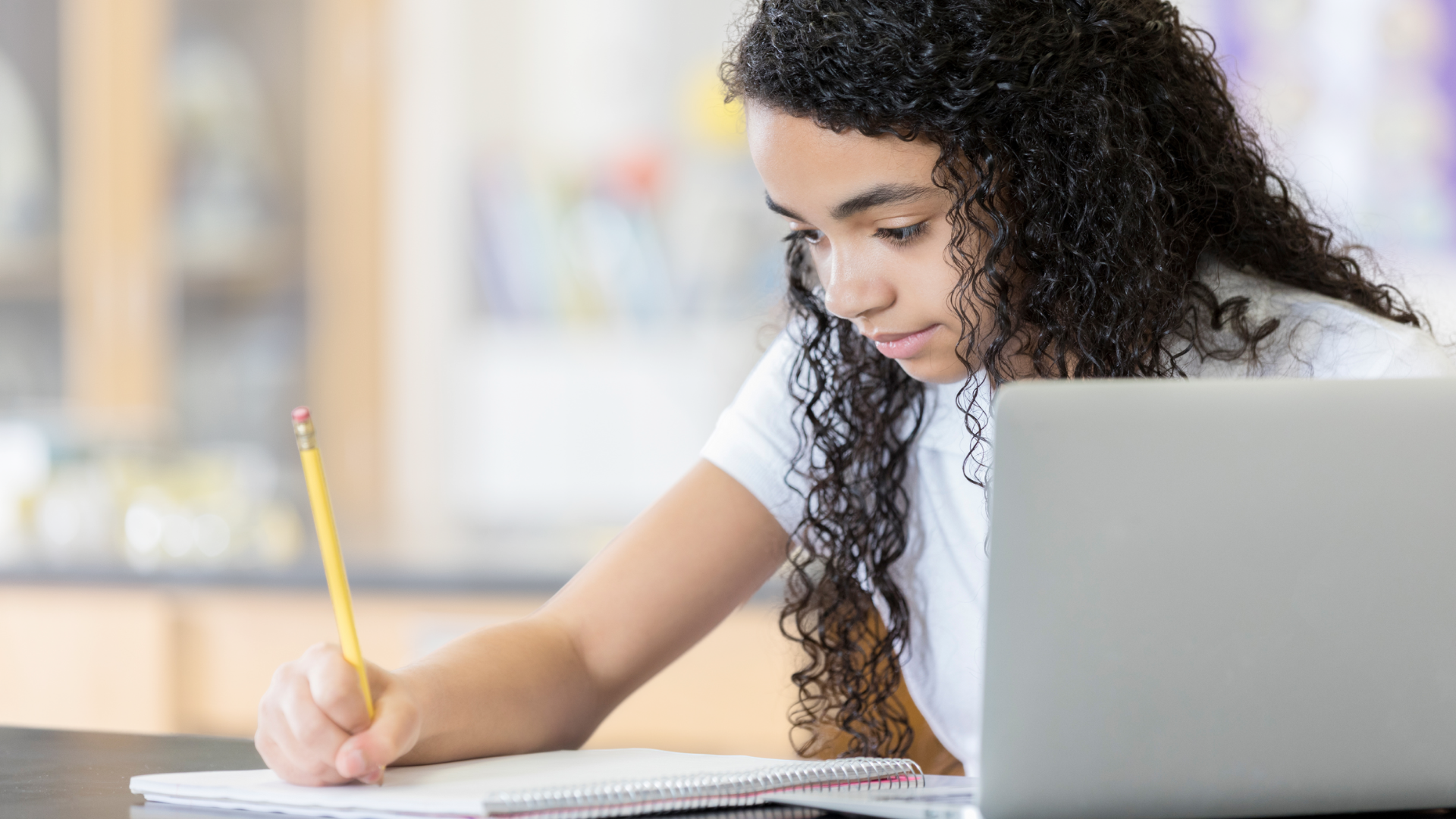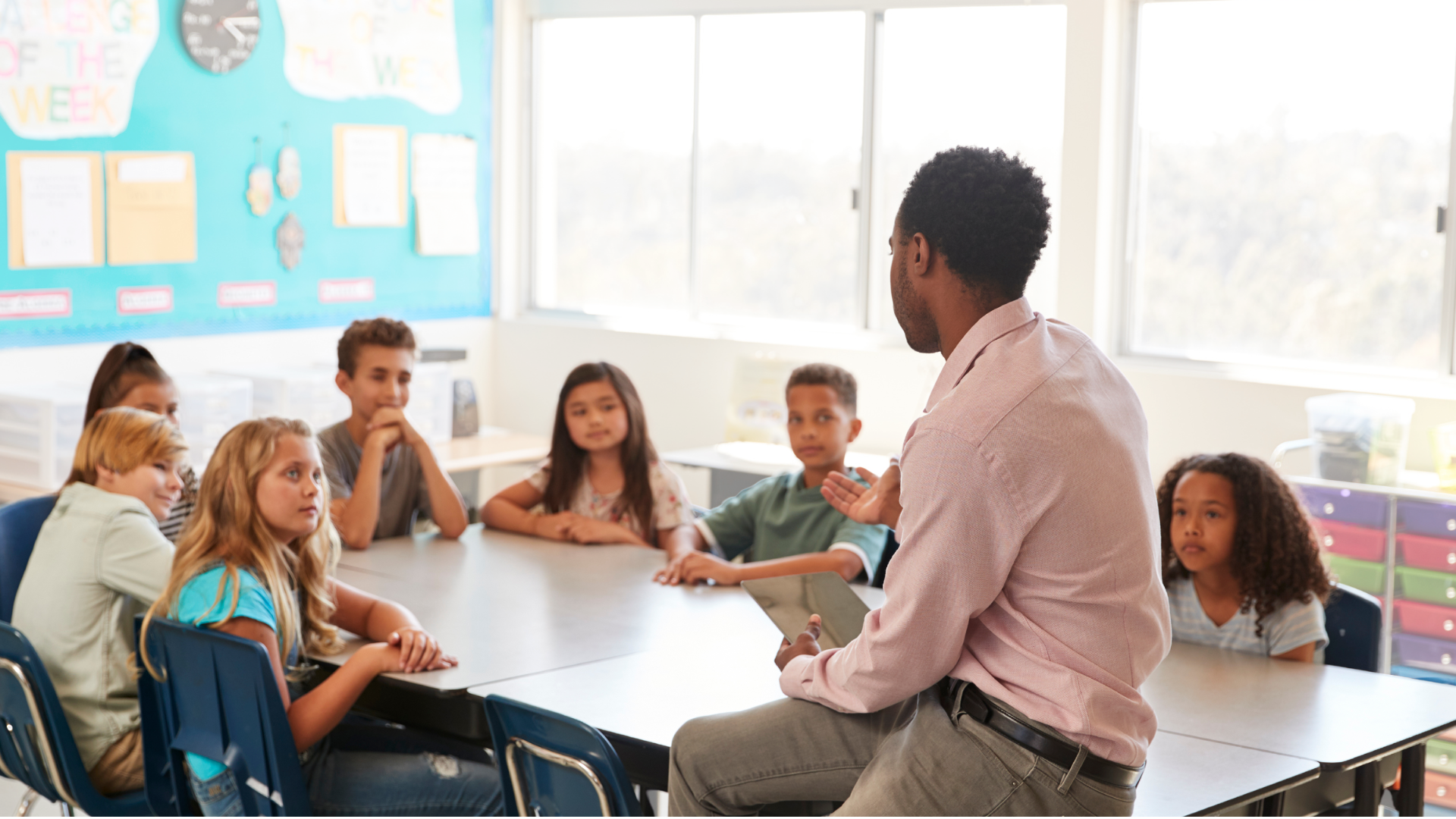4 Things Students Need Coming Back from Summer Break: Building Strong Teacher-Student Relationships
As summer draws to a close, students transition back into a more structured environment of school. This period can be both exciting and challenging for students depending on individual circumstances and experiences, making it crucial for educators to be prepared. A key factor in easing this transition is the relationship between students and their educators. Here are four essential needs for students returning from summer break, with a focus on building positive relationships and strengthening these vital connections.
Access our Back to School Playbooks
A Welcoming Environment
Creating a welcoming environment is the
-
Personal Greetings: Greet each student personally as they enter the classroom and quickly identify it as a safe space. One of the best, most effective ways to build relationships is 4 at the Door + 1 more. Click here to watch a video to learn more.
-
Classroom Atmosphere: Think about what contributes to a positive learning environment. Is there music involved, known community agreements and values, or maybe the classroom is decorated with school and community pride? Create a space where students and you want to be.
- Entry Tasks: Research has shown that you can increase student engagement in your classroom by 20% when you intentionally greet students at your classroom door and provide them with an entry task to start class. Our entry task library has three types of high-interest activities for your students to engage with as they wait for class to get started. Connect prompts promote a focus on belonging. Check-in prompts promote a focus on well-being. Create prompts promote a focus on creative expression. Feel free to choose one type of entry task or mix and match them throughout the year. Get entry task samples from our LoHi Toolkit here.
A welcoming environment and clear communication facilitate
Access our Back to School Playbooks
Clear Communication
Effective communication is pivotal for
-
Syllabus and Expectations: Clearly outline the syllabus and classroom expectations from the start. Make sure students know what is expected of them academically and behaviorally.
-
Set the Stage for Student Voice and Choice: Try this activity to kick off the year. Hand each student a notecard and ask them to write down their name and 1 thing that they could teach you. Use your new-found knowledge intentionally by asking students about what they put on the card, especially with students whom it has been harder to connect with in a positive way. Keep the notecards all year to refer to as needed! This is a CharacterDare from our LoHi Toolkit, you can access samples here for free.
-
Regular Check-Ins: Schedule regular check-ins with students to discuss their progress and any issues they might be facing. This can be done through individual meetings or informal chats. Work to include School Counselors and encourage them to utilize minute meetings. Click here to access a Minute Meetings template and more in our School Counselor Back to School Playbook.
By setting clear expectations and providing regular check-ins, educators can guide students towards
Emotional Support
Returning to school can be an emotional rollercoaster for students. Providing
-
Empathy and Understanding: Take time to listen to students' concerns without judgment and show genuine interest by validating their feelings by acknowledging that returning to school can be challenging. Foster an environment where students feel safe to express their emotions and encourage open discussions.
-
Mental Health Resources: Ensure students are aware of mental health resources, such as school counselors, support groups, or text lines. Encourage them to seek help when needed, and proactively work with School Counselors, School Psychologists, and other mental health professionals to identify and support students in need. Access our Mental Health Literacy Guide.
-
Positive Reinforcement: To help students build their confidence and self-esteem, it's important to use positive reinforcement. It's essential to acknowledge and celebrate their achievements, no matter how small. Additionally, it's beneficial to assist students in setting realistic, achievable goals and to celebrate their progress. Providing constructive feedback that focuses on their strengths and encourages growth is also crucial.
Building
Intentional Community Building
Building a sense of community within the classroom helps students feel connected and supported by their peers and educators, which can significantly enhance
-
Connect Games and Relational Activities: Organize and utilize relational activities and connect games that promote collaboration, camaraderie, and meaningful conversations. These activities can help students develop strong relationships with their classmates. Interested in learning about our entry tasks, connect games, and CharacterDares? Access sample lessons for our LoHi Toolkit.
-
Classroom Traditions: Establish classroom traditions that students can look forward to and feel a part of. Traditions create a sense of belonging and continuity.
-
Community Involvement : Encourage community involvement in classroom activities and events. Building a strong partnership with parents, guardians, and community members can enhance the sense of community and support for students.
A focus on intentional community building and
By prioritizing these strategies, educators can create a
As educators, preparing for the upcoming school year involves more than just lesson plans and classroom setup. Fostering


